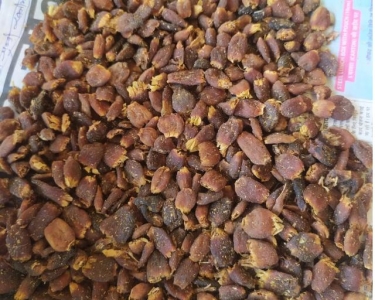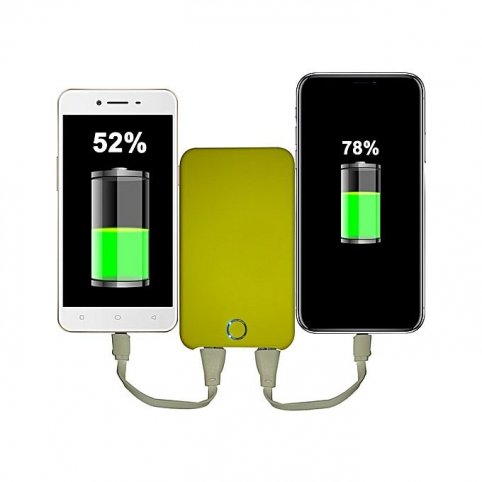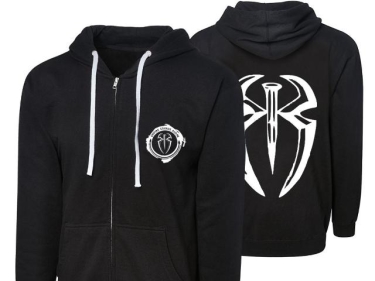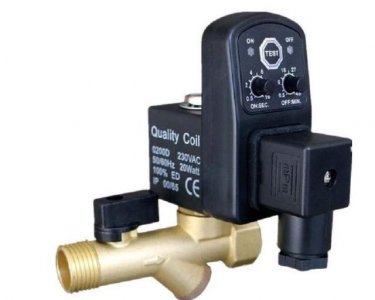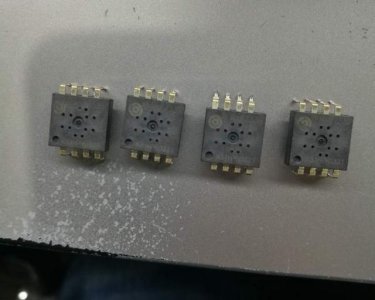Laptops
Couldn't find the product you want?
Fill out this form to request the product.
Products You May Like
Export from Bolivia
Interested in exporting or importing from Bolivia? Export Portal has been created to promote the export products of Bolivia and other countries from South America at the worldwide level. Please find below a brief profile of Bolivia's exports and the nation's foreign trade.
Bolivia is a resource rich country and Bolivia's trade with the neighboring countries has been growing due to its participation in regional trade agreements. The nation is a member of the Andean Community, enjoying free trade with Colombia, Ecuador, and Peru. In 1997, the Bolivian government was negotiating with MERCOSUR to expand its opportunities eastward. However, the U.S. remains Bolivia's main trading partner.
The country is heavily dependent on its mineral exports, especially natural gas, zinc and gold. Bolivia also exports wood, animal feed, oil seeds, fruits and wool.
Exportportal.com is one of the largest export/import directories where you can easily find and contact wholesalers from Bolivia, Bolivian Distributors, Bolivian Wholesale Suppliers, Bolivian Exporters or Bolivian Producers. All the products available on the site are classified into categories and sub-categories. This allows you to shop easily online for Bolivia Alpaca Wool, Bolivian Rosewood, Bolivian Exotic Fruit, Bolivia's Oilseed Products and many other goods made in Bolivia.
Import to Bolivia
If you plan to import from Bolivia, explore our catalog of Bolivian products, Bolivian Distributors and Bolivian Manufacturers from the comfort of your home or office.
Bolivia is an incredibly diverse nation in every sense of the word. Being landlocked and located in the heart of South America, the country draws strongly from deep multi-ethnic indigenous roots, the strong influence of its neighboring countries and centuries of Spanish colonial occupation.
And what does Bolivia import? Bolivia's import product structure is much more diversified than its exports and includes principally manufactured goods. It is interesting that soybeans are the 5th most important import product and consequently there is high demand for it in the country. Bolivia's other main import commodities include aircraft parts, petroleum products, automobiles, and prepared foods.
Are you a Bolivian Exporter looking for global buyers? Or are you an importer from USA or any other country from the world searching for top quality products made in Bolivia? Export Portal is your number one destination for promoting your products or buying products online from verified exporters, sellers and manufacturers from Bolivia. Shop easily online for Bolivia Alpaca Wool, Bolivian Rosewood, Bolivian Exotic Fruit, Bolivia's Oilseed Products and many other goods made in Bolivia.
Laptops or notebooks are widely used in a variety of settings, including work, education, and personal multimedia.
These portable personal computers combine the components and inputs of a desktop computer, including display, speakers, keyboard and pointing device (such as a touchpad or a trackpad). Most laptops have an integrated webcam and a microphone. Laptops can be powered either from a rechargeable battery, or by mains electricity via an AC adapter.
The market of laptops and notebooks has undergone huge changes in the past years, and the choice of these devices became just overwhelming. Laptops became smaller, lighter, cheaper, and more powerful. Today's models encompass everything from featherweight, business-savvy ultraportables to lap-crushing gaming laptops.
Some laptops double as tablets, with hinges that bend and fold, while other touch-enabled PCs are actually slate tablets that come with hardware keyboards for notebook-style use. There's a great variety to choose among and buy laptops fitting every person's needs.
Laptop is a diverse category of devices and other more specific terms, such as rugged notebook or convertible, refer to specialist types of laptops, which have been optimized for specific uses. Hardware specifications change significantly between different types, makes and models of laptops. To buy a notebook, it is very important to figure out which features you need and what you will use it for to purchase the laptop you really need.
- Traditional laptop. It has a form of clamshell, with a screen on one of its inner sides and a keyboard on the opposite. It can be easily folded with the screen and keyboard inaccessible while closed. These laptops have the screen size of 13 to 17 inches and run a full-featured operating system. Traditional laptops are the most common form of laptops, although Chromebooks, Ultrabooks, convertibles and laplets are becoming more common, with similar performance being achieved in their more portable or affordable forms.
- Subnotebook. A subnotebook, also called ultraportable is designed and marketed with an emphasis on portability (small size, low weight and often longer battery life). Subnotebooks are usually smaller and lighter than standard laptops, weighing between 0.8 and 2 kg, with a battery life, exceeding 10 hours.
- Netbook. This is an inexpensive, light-weight, energy-efficient device, especially suited for wireless communication and Internet access. Netbooks first became commercially available in around 2008. Netbooks are not sold anymore, though machines with their features — small, inexpensive, and low powered are still producted and widely sold, in particular the smaller Chromebook models.
- Convertibles. These convertible-hybrid laptop designs can transform from laptop to tablet and back again, most opting for a folding design that flips the keyboard out of the way. Most convertibles have a touchscreen display alongside the traditional touchpad, to work in a tablet mode.
- Laplet. This is the most recent laptop device category. It is a mix of the words laptop and tablet and it is a crossover of these device types. Although being typically considered as a tablet, laplets share certain similarities to laptops, and may be considered as its alternative form. Laplets are designed to be used not only as a media consumption device, but also as a valid desktop or laptop replacement due to their ability to run desktop applications, connect multiple peripheral devices, such as a mouse, keyboard and a number of external displays.
- Desktop replacement. This is a class of large device, which is not intended primarily for mobile use. They are bulkier and not as portable as other laptops, and are used as compact and transportable alternatives to a desktop computer. Desktop replacements are larger and typically heavier than other classes of laptops.
- Rugged laptop. It is designed to be able to operate in harsh usage conditions such as strong vibrations, extreme temperatures, and wet or dusty environments. Rugged laptops are bulkier, heavier, and much more expensive than regular laptops, and thus are seldom seen in regular consumer use.
On Export Portal you can find current trends, latest designs and specs. Here you can buy and sell laptops having a diverse choice and great opportunities.
Customs requirements of Bolivia
Bolivian Customs Contact Information
Website: http://www.aduana.gob.bo/aduana7/
Tel: +591 800105001
Address: Avenida 20 de Octubre N 2038 entre Juan José Perez y Aspiazu, La Paz, Bolivia
Bolivia is open to foreign trade. The country's trade with neighboring countries is growing, partly because of several regional preferential trade agreements. Bolivia is a member of the Andean Community and an associate member of Mercosur. The Andean Trade Promotion and Drug Eradication Act has enabled many Bolivian products to enter the American tax-free market. Bolivia is also a member of the Latin American Integration Association, whose main goals is the establishment of a common market, aimed at the economic and social development of the region.
Export/Import Requirements
Bolivia is a landlocked country, thus shipments are cleared at ports of entry in the surrounding countries. The country has free transit arrangements with ports in Argentina, Brazil, Chile, Paraguay, Peru, and Uruguay. The best port of entry is considered be Arica, in Chile.
Bolivia uses a tariff based on the Harmonized Tariff System. For imports from LAIA countries, the Nomenclatura Arancelaria de la ALADI (NALADISA) tariff is used.
Most goods are subject to tariff rates between 10% and 20%. Non-essential capital goods are subject to a 5% tariff rate. Capital goods for industrial development may enter duty-free. Textiles and wooden furniture are subject to a 35% tariff rate.
Certain other items may enter duty-free. These items include: books and publications; gold (except jewelry), personal effects (under $300); goods belonging to the diplomatic and consular corps; imports under government contracts; imports entering under preferential trade agreements.
The following customs surcharges and additional taxes may apply:
- 13 % value added tax based on CIF value of goods.
- Inspection charge of 1.92% of FOB value
- Transactions tax: 3% of CIF value plus VAT
Excise taxes (between 10 and 60 %) may apply to certain luxury items including: automobiles; household appliances; cosmetics; alcoholic beverages; tobacco, cigarettes, cigars; perfumes; jewels and semiprecious stones.
The contact information of Regional Customs Departments can be found here:
http://www.aduana.gob.bo/aduana7/n-mero-de-telefono
Source:
Active Filters
-
Keywords:
- Clear all
